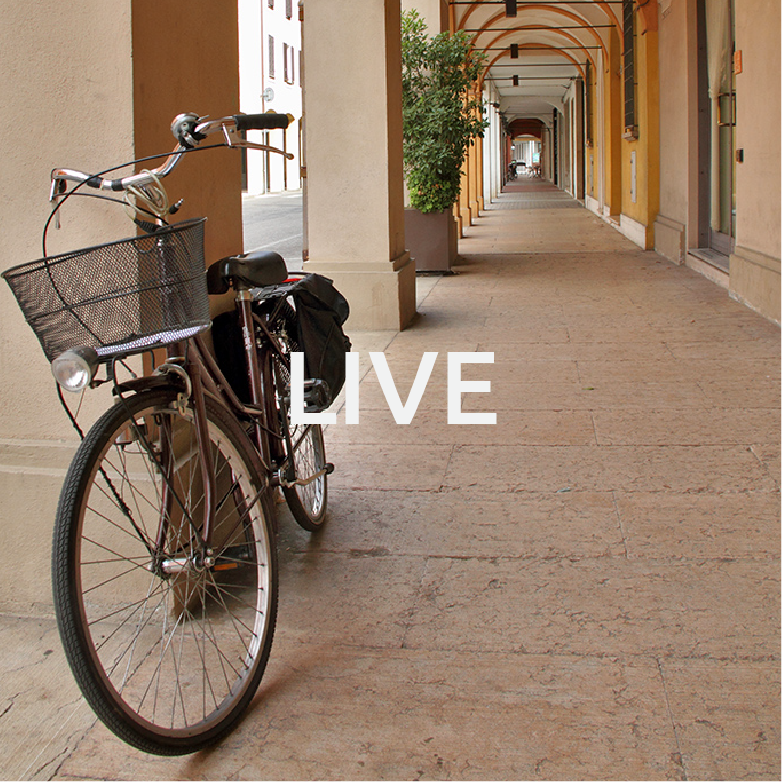He was born in Bagnacavallo in 1788 and died in the deep narrow valley of Rovito in 1844. Patriot.
In 1812, Francesco set off with Napoleon’s army and took part in several battles, including the Battle of Leipzig on 17-18 October, 1813, where he lost an eye.
He went back to Italy in 1818, and started working as a furnace man together with his father in Lugo.
In 1831, he was arrested and sentenced to ten years in prison for having participated in the homicide of brothers Antonio and Carlo Gallignani, who were extremely loyal to the pontifical power.
In 1836, he was pardoned on condition that he went into exile. So he boarded in Ancona directly to Brazil. Due to a storm, the ship stopped in Zante. He remained there in order to then be transferred to Corfù, where he met the Bandiera brothers in 1844. They were also in exile for having deserted from the Austrian Navy.
In Corfù, the Bandiera brothers, together with other exiles affiliated to the secret sects that were planning for deposing the people in power so as to create a united and free Italy, went to Calabria in June of 1844 to lead an expedition that intended to dethrone the King. Once they arrived, they found out that the uprising had already taken place. However, as they were determined to revolt again, they went to Cosenza. A member of the band, called Boccheciampe, betrayed them and denounced them to the police, who arrested them. On 24 July, the Military Commission sentenced them to death. Out of the 17 condemned men, 8 death penalties were commuted to life imprisonment, which was pardoned in 1846. The other ones, including Berti, were executed and died yelling “VIVA L’ITALIA” (LONG LIVE ITALY).
It was only once the Italian Unification process ended that Berti and the Bandiera brothers were raised to the rank of heroes and martyrs fallen for the Italian Independence and Unification. And they were commemorated as such.
In 1910, Berti’s remains were brought back to Italy, and a great city march was organised for such occasion in order to bury Berti’s remains in the town cemetery.
In 1929, Vittore Lugaresi, an old Garibaldian, asked the Podestà of Bagnacavallo to place Berti’s remains in a more honourable destination. The Garibaldian’s proposal did not receive a worthy answer until 1934, when – also upon Archpriest Monsignor Antonio Galassini’s request – it was decided to transfer Berti’s remains from the cemetery to the Sacrario dei Caduti (War Memorial), the place in memory of the heroes from Bagnacavallo.




